Mastering the Art of Content Writing: Tips and Tricks for Success
Source: Adobe Stock
In the vast expanse of the digital universe, where every word counts and every sentence holds the power to engage or repel, mastering the art of content writing is more than just a skill, it is a necessity. Imagine there are millions of bytes of content churned out into the online world every single day, but only a fraction captures the audience's attention, let alone retains it. So, what sets this fraction apart? The answer lies in mastering the delicate dance of weaving words together, not just to inform, but to enchant, persuade, and connect.
In this treasure trove of insights, we are not just going to talk about content writing, we are going to dive deep into the heart of what makes content truly captivating. Whether you're scribbling your first blog post, aiming to revamp your website's copy, or looking to leave your digital footprint with stories that stick, you're in the right place. From the psychology of engaging narratives to the science behind SEO-friendly structures, prepare to embark on a journey that transforms your writing from good to unforgettable.
What Makes Readers Click?
Crafting engaging content is akin to composing a symphony where every element must harmonise perfectly to captivate the audience. You are not just about stringing words together but creating an experience that resonates with your readers. But what exactly makes content click worthy? Let’s dive into the anatomy of engaging content and uncover the components that make it stand out.
Understanding Your Audience
The first step in creating engaging content is understanding who it is you are writing for. Imagine having a conversation. You certainly would not discuss quantum physics with a five year old, right? Similarly, your content needs to speak directly to your audience's interests, needs, and challenges. You have to be able to get into their heads in order to understand what ticks, and then tailor your message to resonate with them. Create reader personas, they can be a game-changer here, giving you a clearer picture of who you are engaging with.
Crafting a Magnetic Headline
Your headline is the front door to your content. It is what makes the first impression and, often, the decision maker on whether that door gets opened. A magnetic headline should intrigue, provoke thought, or promise value. Using strong action verbs, numbers, or posing a compelling question can make your headline irresistible. Remember, the goal is to spark curiosity enough that bypassing your content feels like a missed opportunity.
The Power of Storytelling
Humans are hardwired for stories. They have been the fabric of our communication since the dawn of time. Integrating storytelling into your content can transform it from mere information to an engaging narrative. Stories evoke emotions, build connections, and are far more memorable than facts alone. When you share stories, whether it's customer success stories, personal anecdotes, or hypothetical scenarios, you give your audience a hook to latch onto, making your content more relatable and engaging.
Source: Adobe Stock
Value is the currency of the internet. Your content should serve a purpose, whether it’s to inform, entertain, inspire, or solve a problem. The more value you provide, the more engaging your content becomes. This could be in the form of actionable tips, insights, thought provoking ideas, or solutions to common problems. When your audience knows that they can consistently get value from your content, you not only engage them but also build trust and authority in your niche.
Visuals and Formatting
Large blocks of text are daunting. They are the digital equivalent of a dense forest where it's easy for your readers to lose their way. Breaking your content into digestible chunks using headings, subheadings, bullet points, and short paragraphs makes it easier for readers to scan and grasp your key points. Adding visuals like images, videos, infographics, or even GIFs can enhance understanding, break monotony, and make your content more shareable.
Making Your Content Findable with SEO
What’s the use of engaging content if it never sees the light of day? This is where SEO comes into play. Optimising your content for search engines increases your visibility and ensures that your content gets in front of the right eyes. Use relevant keywords naturally, optimise your images, and ensure your content is mobile-friendly. Remember, SEO is not just about pleasing algorithms but also about enhancing the user experience.
Call to Action
Finally, engaging content doesn’t just end; it invites further interaction. A compelling call to action (CTA) guides your readers on what to do next, be it to leave a comment, share your post, sign up for a newsletter, or check out another piece of content. It's your closing argument, your parting shot, designed to convert engagement into action.
Leveraging SEO for Content Visibility
Writing compelling content is just half the battle, the other half is ensuring it reaches the audience it deserves. SEO is your beacon in the vast sea of the internet, guiding readers to your shores. But how do you leverage SEO beyond just peppering your content with keywords? Let's explore the strategies that elevate your content's visibility, driving both traffic and engagement.
Crafting SEO Friendly Content
SEO-friendly content doesn't mean writing for algorithms at the expense of your readers. On the contrary, it's about striking a balance between readability and discoverability. This balance begins with understanding your target keyword's intent and weaving it seamlessly throughout your content, from the headline to the conclusion, without sacrificing the natural flow of your narrative. Tools like Google's Keyword Planner or SEMrush can offer insights into search volume and competition, helping you select the right keywords to target.
Structuring Your Content for SEO and Readers
The structure of your content plays a pivotal role in both reader engagement and SEO. Using headings (H1, H2, H3) not only makes your content easier to read but also gives search engines clues about your main topics. Including keywords in at least one subheading and throughout the text helps with indexing, but remember, quality over quantity. Overstuffing your content with keywords can lead to penalties from search engines and diminish the reader's experience.
Optimising for Featured Snippets
Featured snippets, those boxes at the top of Google’s search results, offer a prime opportunity to boost visibility. Crafting content that directly answers questions related to your keywords can increase your chances of landing in this coveted spot. Structuring your content with clear, concise answers or bullet points, and using the question as a subheading can signal to search engines that your content is a good match for featured snippets.
The Role of Backlinks in SEO Strategy
Backlinks are endorsements from other websites, signalling to search engines that your content is valuable and trustworthy. Generating high-quality backlinks can significantly boost your content’s ranking. Guest blogging, creating shareable infographics, and producing content that serves as a resource are effective strategies for building backlinks. Remember, the quality of backlinks matters more than quantity; links from reputable sites in your niche will have a greater impact on your SEO.
Mobile Optimisation
With the majority of web traffic now coming from mobile devices, optimising your content for mobile is no longer optional. A mobile-friendly website not only provides a better user experience but also ranks higher in search results. This means ensuring your website's design is responsive, your content is easily readable on smaller screens, and load times are fast.
The Importance of Meta Descriptions and Alt Text
Meta descriptions and image alt text may seem like small details, but they play a significant role in SEO. A compelling meta description can improve your click-through rate from search engine results pages, while alt text helps search engines understand and rank your images. Both should include relevant keywords and provide context to your content.
Analytics
Finally, the only way to truly know if your SEO efforts are paying off is through analytics. Tools like Google Analytics and Google Search Console can provide insights into how users are finding and interacting with your content. Tracking metrics such as organic traffic, bounce rate, and conversion rate allows you to refine your SEO strategy and make informed decisions about future content.
Source: Adobe Stock
Building a Community Around Your Content
Creating great content is just the beginning. The real magic happens when you start building a community around your content, transforming passive readers into active participants and advocates for your brand. This section will explore strategies to not only grow your audience but also engage and nurture it, fostering a sense of community and loyalty that can exponentially amplify your content's reach and impact.
Engaging Through Social Media
Social media platforms are not just channels for distribution, they are vibrant communities waiting to be engaged. Share your content with a personal touch, ask questions, and encourage feedback to spark conversations. Use social media to show the human side of your brand, responding to comments and participating in discussions. This direct engagement not only boosts your content's visibility but also builds relationships with your audience.
Creating Value with Email Marketing
Email marketing remains one of the most effective tools for nurturing your audience. Use it to share exclusive content, early access to posts, or behind-the-scenes looks that add value beyond what's available on your site. Personalization can significantly increase engagement, so segment your list and tailor your emails to meet the specific interests and needs of different audience groups.
Leveraging User-Generated Content
Encourage your audience to share their own stories, photos, or content related to your brand. User-generated content not only provides you with additional content ideas but also deeply involves your community in your brand's narrative. Highlighting user-generated content on your platforms can increase loyalty and engagement, as it shows you value your audience's contributions.
Hosting Live Events and Webinars
Live events and webinars offer a unique opportunity to connect with your audience in real-time. They can be used to dive deeper into topics, answer questions, and interact with your audience in a more personal and direct way. These events can strengthen the bond with your audience and provide valuable feedback for future content.
Providing Consistent Value
Consistency in delivering valuable content is key to keeping your audience engaged. This doesn’t mean you need to publish new content daily, but you should have a consistent schedule that your audience can rely on. Quality always trumps quantity, so focus on providing value in every piece of content you share.
Building a Feedback Loop
Create mechanisms for your audience to provide feedback on your content. Whether through comments, surveys, or social media polls, feedback is invaluable for understanding your audience's preferences and pain points. Use this feedback to tailor your future content, making your audience feel heard and valued.
Collaborating with Other Creators
Collaborations with other content creators can introduce your content to new audiences and add fresh perspectives to your platform. Look for collaboration opportunities that align with your brand values and can provide mutual value to each other's audiences.
Source: Adobe Stock
Harnessing the Power of Analytics for Content Optimisation
Crafting compelling narratives and engaging your audience is crucial, but understanding the impact of your content is what truly closes the loop. Analytics provide a window into the hearts and minds of your audience, offering actionable insights that can drive your content strategy toward success. Let's explore how to harness the power of analytics to optimise your content, ensuring it not only reaches but also resonates with your target audience.
Setting Clear Objectives
It is essential to define what success looks like for your content. Setting clear, measurable objectives for each piece of content, whether it's increasing traffic, boosting engagement, generating leads, or enhancing SEO rankings. Objectives provide a benchmark to measure performance.
Understanding Your Analytics Tools
Various tools can provide insights into your content's performance, with Google Analytics being one of the most widely used. Familiarise yourself with the metrics these tools offer, such as page views, bounce rate, time on page, user engagement, and conversion rates. Each metric can tell you something different about how your content is performing and how users are interacting with it.
Analysing Content Performance
Regularly review your content's performance data to identify what's working and what isn't. Look for patterns in the data such as types of content that perform well, topics that resonate with your audience, or posting times that yield higher engagement. This analysis can inform your content strategy, helping you to replicate success and avoid past pitfalls.
A/B Testing for Continuous Improvement
A/B testing, or split testing, involves comparing two versions of your content to see which one performs better. This can be applied to various elements, such as headlines, call-to-actions (CTAs), images, or content length. By methodically testing and analysing results, you can incrementally improve your content's effectiveness.
Leveraging User Feedback
Analytics provide quantitative data, but qualitative feedback from your audience is equally valuable. Encourage comments, conduct surveys, or engage in social media conversations to gather insights into your audience's preferences and pain points. This feedback can complement your analytics data, providing a more holistic view of your content's impact.
Adapting Your Strategy Based on Insights
The ultimate goal of analytics is not just to collect data but to act on it. Use the insights gathered to refine your content strategy, whether it means adjusting your content calendar, experimenting with new content formats, or targeting different audience segments. The key is to remain flexible and willing to pivot based on what the data tells you.
Tracking and Reporting on Progress
Finally, establish a routine for tracking your progress towards your objectives and reporting on it. This could involve monthly performance reports or quarterly strategy reviews. Regular reporting not only keeps you accountable but also helps to communicate the value of your content efforts to stakeholders or team members.
Trends and Strategies for Tomorrow's Audience
Source: Adobe Stock
Technologies evolve, consumer behaviours shift, and new platforms emerge. Keeping an eye on the future can help you adapt your content strategy to stay ahead of the game. Let's explore key trends that are shaping the future of content marketing and how you can prepare your content to meet tomorrow's audience where they are.
Embracing AI and Machine Learning
Artificial intelligence (AI) and machine learning are becoming integral to content marketing. From automating content creation to personalising user experiences, AI can offer efficiencies and insights previously out of reach. However, the heart of content creation remains human creativity and empathy. Balancing AI's efficiency with the human touch will be key to creating content that resonates on a personal level.
The Rise of Voice Search and Conversational Marketing
With the increasing use of digital assistants, optimising content for voice search is becoming crucial. This means adopting a more conversational tone, focusing on long-tail keywords, and anticipating the questions your audience might ask aloud. Conversational marketing, through chatbots or live interactions, can also provide immediate, personalised engagement, transforming the way brands connect with their audience.
Video and Interactive Content Take Center Stage
Video continues to dominate as one of the most engaging content formats, with live video, in particular, gaining traction. Beyond video, interactive content such as quizzes, polls, and interactive infographics can significantly boost user engagement and provide valuable data on user preferences. Incorporating these dynamic content formats can enhance storytelling and keep your audience more engaged.
The Importance of Content Personalization
Personalization is no longer nice to have but expected. With data analytics and AI, creating personalised content experiences for different segments of your audience is becoming more accessible. Tailoring content to meet individual preferences and behaviours can significantly increase engagement and loyalty.
Sustainability and Social Responsibility
Audiences are increasingly drawn to brands that demonstrate social responsibility and a commitment to sustainability. Incorporating these values into your content strategy not only resonates with your audience on a deeper level but also reflects positively on your brand's legacy. Authenticity in communicating your brand's efforts and values is key.
Preparing for AR/VR and Immersive Experiences
Augmented reality (AR) and virtual reality (VR) are on the horizon for content marketing, offering new ways to create immersive experiences. While still emerging, preparing content for AR/VR means thinking beyond the screen and considering how your content can engage audiences in a three-dimensional space.
Continuous Learning and Adaptation
The future of content marketing requires a mindset of continuous learning and adaptation. Keeping abreast of technological advancements, audience preferences, and platform changes will enable you to adjust your content strategy dynamically. Attending webinars, participating in industry forums, and constant experimentation with new formats and platforms can keep your content strategy agile and forward-thinking.
As we navigate the landscape of content creation and marketing, your perspectives and insights are invaluable. What trends do you see shaping the future of content? How are you adapting your strategies to meet the demands of tomorrow's audience? Share your thoughts and join the conversation with us at Gaiaa Designs. Your input not only enriches our discussion but also helps us all stay ahead of the curve in crafting compelling, future-ready content.





